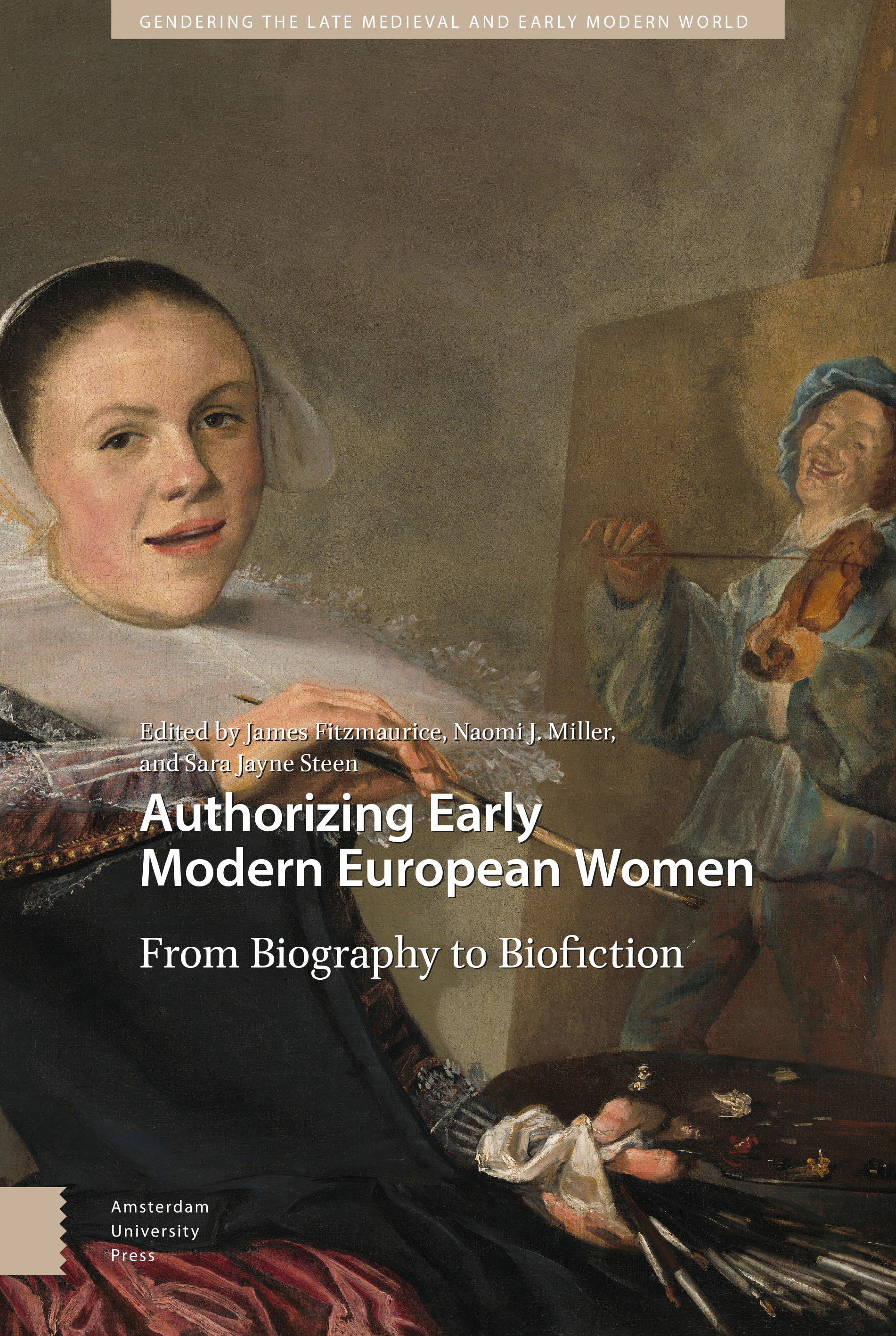4 - “An Interview with Dominic Smith, Author of The Last Painting of Sara de Vos: Capturing the Seventeenth Century”
Published online by Cambridge University Press: 16 December 2021
Summary
Abstract
Dominic Smith created a vivid picture of a woman artist, her life and times, in seventeenth-century Holland, in his much-praised historical novel The Last Painting of Sara de Vos. Interviewed by Frima Fox Hofrichter, a consultant for Smith, and an expert on an actual seventeenth-century Dutch woman artist, Judith Leyster, Smith discusses his method and research. His storyline has three avenues: the seventeenth-century artist and her milieu, the art historian who specializes on that woman artist, and a twenty-first-century collector. Knitted within are their personal lives – and the question of forgery. Smith and Hofrichter discuss his inspiration for the novel in Judith Leyster and how his contacts and travel influenced the novel's authentic flavor.
Keywords: seventeenth-century women artists, the Golden Age, Dominic Smith, historical fiction, Judith Leyster, forgery
The subject of this interview, Dominic Smith, is the author of The Last Painting of Sara de Vos and other novels, most recently The Electric Hotel. He was interviewed by Frima Fox Hofrichter, author of Judith Leyster, A Woman Painter in Holland's Golden Age and articles on Leyster and other women artists of the seventeenth century. Hofrichter was a consultant to Smith on his novel.
The interview took place over several days in March 2020.
FFH: Dominic, it's a pleasure to interview you.
I think most readers have been struck by the authentic nature of the time and place you provided for your characters, who each seem vividly believable.
My questions are to explore how you did this.
So …
You have written several novels of historical fiction, but they are set in the nineteenth or twentieth century in France, America, and even the South Seas. But none involves art, painting, or art history.
What drew you to this subject?
DS: I’m often drawn to visual culture in my work. The Mercury Visions of Louis Daguerre reimagines the life and work of the inventor of modern photography (the daguerreotype), The Electric Hotel explores the vanishing medium of silent film, and Bright and Distant Shores looks at the phenomenon of nineteenth-century museum collecting voyages. So, in a way, the world of painting, art history, and the Golden Age is an extension of this fascination with visual / physical art forms. But more specifically, with The Last Painting of Sara de Vos, I became intrigued by the fact that we know so little about the women painters of the Golden Age.
- Type
- Chapter
- Information
- Authorizing Early Modern European WomenFrom Biography to Biofiction, pp. 49 - 56Publisher: Amsterdam University PressPrint publication year: 2021

